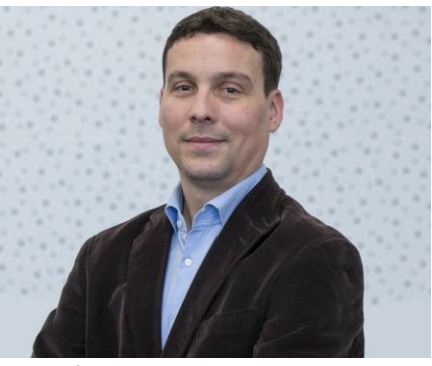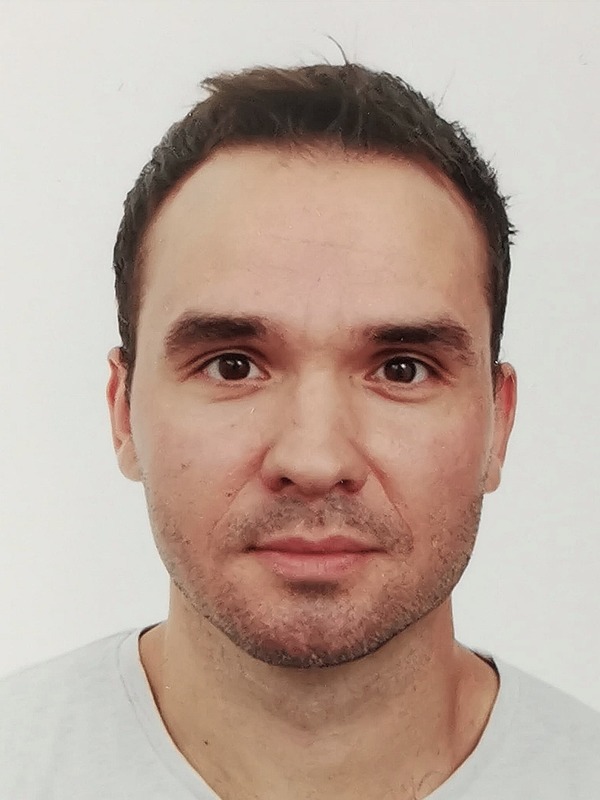Odjel za tehniku u medicini i biologiji
Odjel za tehniku u medicini i biologiji Hrvatske sekcije IEEE, Odjel za obradu signala Hrvatske sekcije IEEE, Laboratorij za naprednu 3D rekonstrukciju i registraciju površina i Hrvatsko društvo za biomedicinsko inženjerstvo i medicinsku fiziku (HDBIMF) pozivaju Vas na predavanje
"Measurement and Visual Perception of Ambient Optic Array"
u petak 15. studenog 2019. u 11:00,
u Sivoj vijećnici Fakulteta elektrotehnike i računarstva Sveučilišta u Zagrebu,
Predavanje će održati prof. dr. sc. Alen Hajnal, School of Psychology, University of Southern Mississippi, SAD (trenutno gostujući profesor pri Department of Mechatronics, Optics and Engineering Informatics, Faculty of Mechanical Engineering, Budapest University of Technology and Economics u kolaboraciji sa dr. sc. Krisztian Samu) .
Predavanje je na engleskom jeziku, a predviđeno trajanje s raspravom je 60 minuta. Predavanje je otvoreno za sve zainteresirane, a posebno pozivamo studente.
Više informacija o predavanju i predavaču pročitajte u opširnijem sadržaju obavijesti.
Abstract
In everyday cluttered environments light behaves in complex ways: it radiates from sources, and it is also reflected from surfaces in many directions and at many different intensities. The space around any particular object contains a rich light structure that has a unique pattern. This patterning of light is called the ambient optic array. This pattern is created by light reflected off of surrounding surfaces and by light scattered in many directions and at different intensities. In our current research proposal, we are trying to discover the exact structure of ambient optic arrays. The first objective of the research is to demonstrate that the presence of the object indeed creates an ambient optic array that is unique to that specific object. We plan to make precise measurements to map out the structure of the optic array. In the second part of our research proposal, we plan to test human subjects in order to determine if such optic pattern is visible and whether the human eye can detect it. The goal of the research is to understand what is the visual information that the visual system extracts from the visual scene to identify objects. Applications of this research include non-line-of-sight computational imaging technology for self-driving vehicles.
Presenter's biography
Alen Hajnal is currently an associate professor of cognitive psychology at the University of Southern Mississippi who studies sensory systems using psychophysical methods, with a special emphasis on visual and haptic perception. Dr. Hajnal obtained his PhD in experimental psychology in 2007 from the University of Connecticut. In his experiments Dr. Hajnal analyzes the coordination and interaction between body movements and perception through the concept of affordances. His research methods include virtual reality technology and motion capture systems. His research interests span the analysis of physical and sensory features of complex visual patterns. In the last decade Dr. Hajnal has published more than 30 journal articles in internationally recognized peer reviewed journals such as the Journal of Experimental Psychology: Human Perception and Performance, Attention, Perception, and Psychophysics, Ecological Psychology, and Experimental Brain Research. In August of 2019 he became a member of the editorial board of Frontiers in Psychology: Quantitative Psychology and Measurement. He is the director of the Perception Action and Cognition Lab at the School of Psychology at the University of Southern Mississippi. Since 2018 he has been the coordinator of the Brain and Behavior PhD program at his department. Dr. Hajnal is currently on sabbatical leave and works as a visiting scholar at the Department of Mechatronics, Optics and Engineering Informatics, Faculty of Mechanical Engineering, Budapest University of Technology and Economics in Hungary where he investigates 3D space perception in virtual reality, and studies the effects of scattered light on visual perception from the theoretical perspective of ecological optics.


